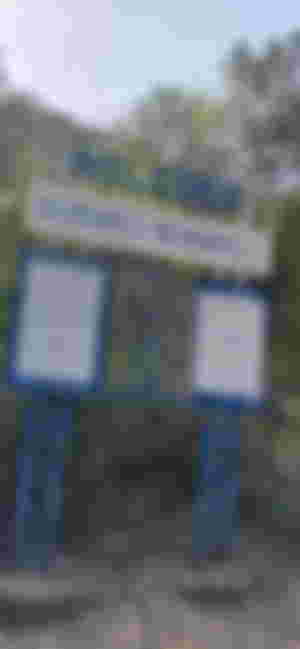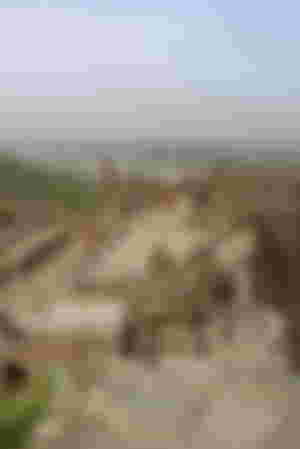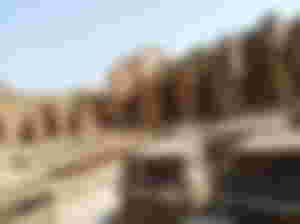
(The Remains Of Buddhists)
Takht means “throne” and bahi, “water” or “spring” in Persian/Urdu. The monastic complex was called Takht-i-Bahi because it was built atop a hill and also adjacent to a stream. Located 80 kilometers from Peshawar and 16 kilometers northwest of the city of Mardan, Takht-I-Bahi was unearthed in early 20th century and in 1980 it was included in the UNESCO World Heritage list as the largest Buddhist remains in Gandhara, along with the Sahr-i-Bahlol urban remains that date back to the same period, located about a kilometer south.

I have been there in 2020 and it is surprisingly well maintained and thankfully safe despite what the Taliban did across the border. Researchers believe that the monastery of Takht-i-Bahi was first mentioned by General Court, the French officer of Maharaja Ranjit Singh in 1836 and it is the most impressive and complete Buddhist monastery in Pakistan. Takht-i-Bahi consists of numerous chapels and stupas sticking to the high, rocky spurs. A stupa is a Buddhist mound like structure and usually has a square base, a hemispherical dome, a conical spire, a crescent moon and a circular disc. Stupas were erected over the remains of Buddha, his disciples and other saints. They also hold objects traditionally associated with Buddha.

The complex of Takht-i-Bhai is impressively situated on a rocky spur (hill) some 300-500 feet above the Peshawar plain. From the top of the hill behind monastery, one can look down across the plains as far as Peshawar on one side and up to the Malakand Pass and the hills of Swat on the other and towards north is the Hindu Kush. This site has produced fragmentary sculptures in stone and stucco (a material made of an aggregate, a binder, and water which is applied wet, and hardens when it dries) that indicate the highly developed sculptural sense of their creators.
But the most remarkable feature is the design and arrangement of the range of small shrines, which surrounds the main stupa-court. The main stupa court at Takht-i-Bhai contained subsidiary stupas but was lined on three sides with larger and smaller image chapels with significant parts of their superstructure still intact. Much of the friezes and statuary was removed between 1907 and 1913, some of which can be seen on site and in museums in Pakistan.




